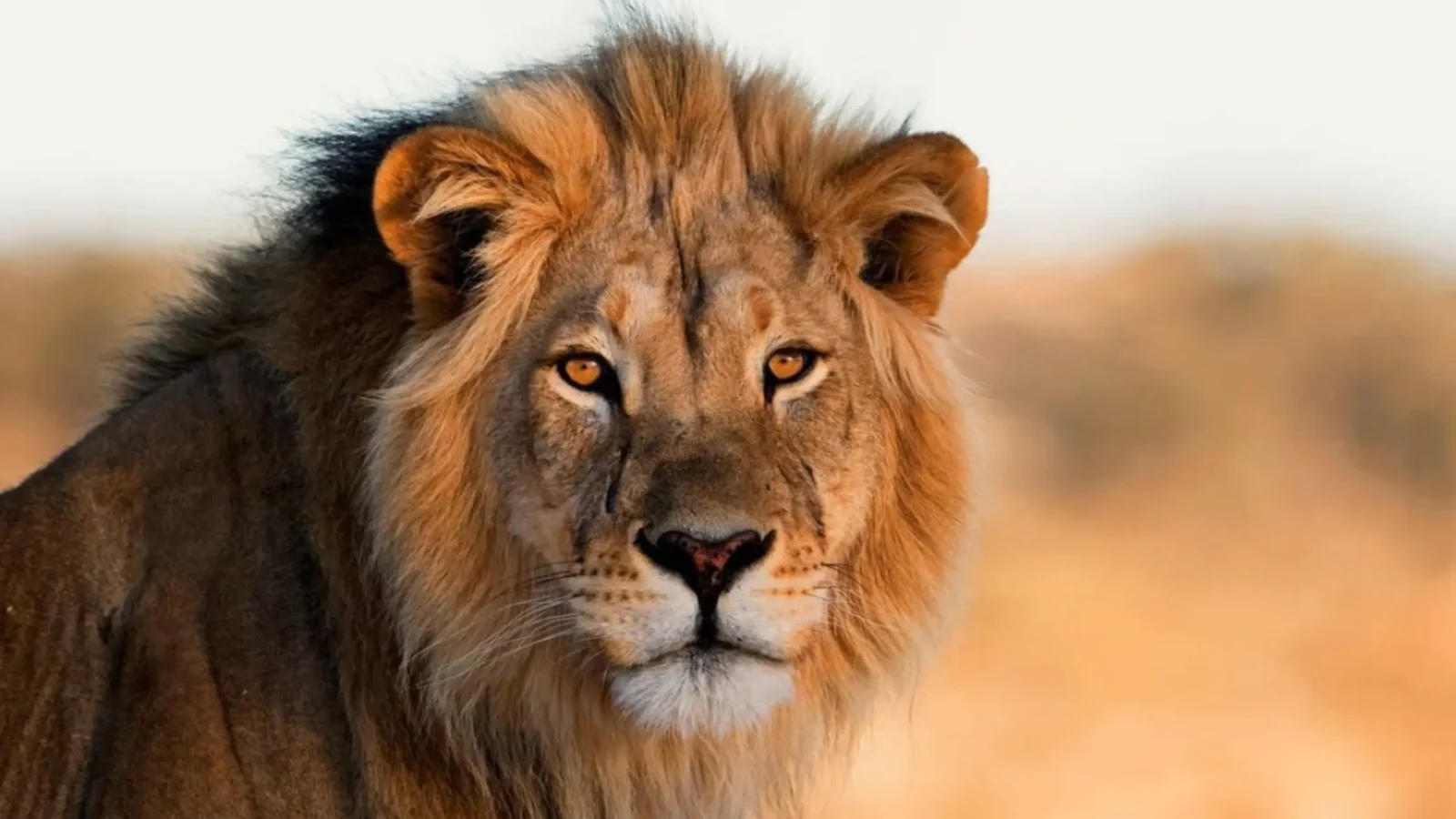A 14-year-old girl was fatally attacked by a lion on the edge of Nairobi National Park in a tragic reminder of escalating human–wildlife conflict in Kenya. The Kenya Wildlife Service (KWS) reports that the primary school pupil was snatched from a residential compound on a ranch bordering the park late Tuesday and her remains were discovered near the Mbagathi River after rangers traced the animal’s footprints.
Despite efforts to locate the lion, it remains at large. KWS has set traps, deployed additional search teams, and implemented heightened security protocols around the park’s perimeter to prevent further incidents. Nairobi National Park, just 10 km from the city centre, is home to lions, leopards, buffaloes, giraffes and cheetahs. While three sides of the park are fenced to contain wildlife, the southern boundary remains open to allow natural migration, increasing the risk of dangerous encounters.
Incidents of livestock loss to predators are common in communities adjacent to protected areas, but human fatalities are rare. Just last year, CCTV footage captured a lion seizing a family pet from a home near the park. In a separate incident on the same weekend, a 54-year-old man was killed by an elephant in Mere Forest, Nyeri County, suffering severe chest injuries and internal trauma.
Conservation experts, including Paula Kahumbu of WildlifeDirect, are calling for improved “real-time communication of wildlife movements” and robust “risk assessments” in high‑risk zones like Savannah Ranch. They recommend that lodges, camps, and residential developments install anti‑predator deterrents, such as motion‑activated lights, alarms, reinforced fencing, and non‑lethal sprays to safeguard communities. Prevention measures, they stress, remain the most effective line of defense against wildlife attacks.














Leave a comment